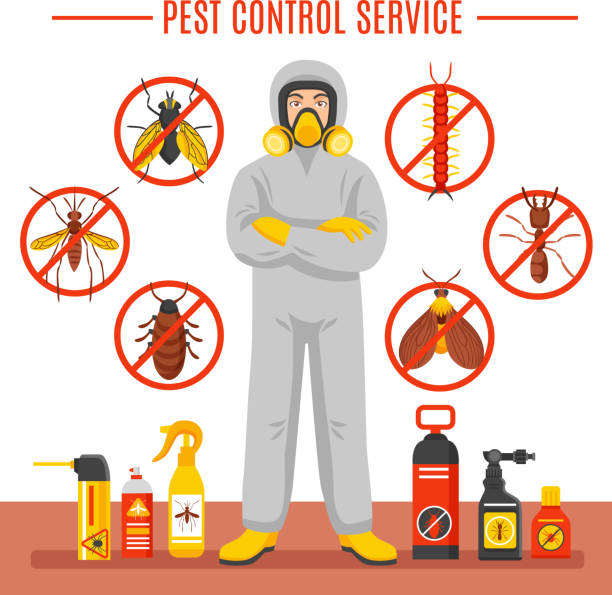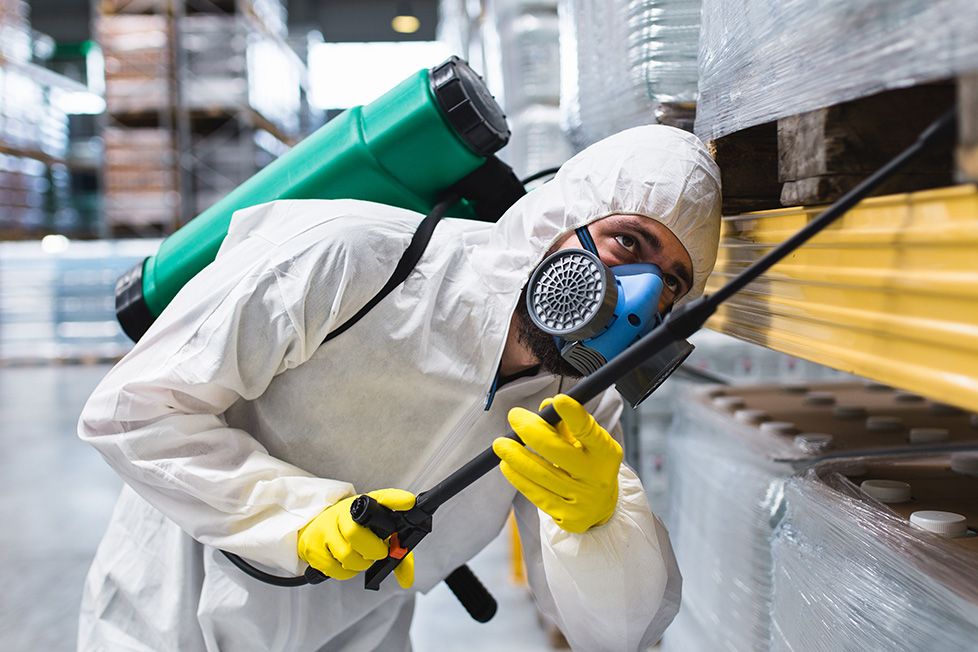Reliable Pest Control to keep your home pest-free year-round.
Eco-Friendly Pest Control Approaches for Handling Wild Animals in Urban Areas
Urban locations typically find themselves at the intersection of human activity and wild animals, leading to one-of-a-kind difficulties in pest administration. These methods not just shield the environment but also boost neighborhood interaction in wildlife monitoring. As urban populations continue to expand, comprehending the dynamics of wild animals interactions ends up being increasingly critical.
Understanding Urban Wild Animals Characteristics
Comprehending Urban Wildlife Dynamics is vital for establishing effective and eco-friendly parasite control techniques. Urban areas are progressively coming to be habitats for numerous wildlife varieties, driven by aspects such as habitat fragmentation, food availability, and human encroachment. Recognizing these dynamics enables a nuanced technique to pest monitoring that lines up with environmental concepts.
Urban wild animals frequently consists of species such as raccoons, squirrels, and birds, which adapt to city environments, finding particular niches in eco-friendly spaces, parks, and also suburbs. Their existence can cause disputes with people, specifically when they make use of human sources for food and shelter. Comprehending the behaviors and environmental functions of these species informs techniques that decrease unfavorable interactions while advertising biodiversity.
Additionally, recognizing the interdependencies within metropolitan ecological communities helps in determining essential locations for environment conservation and remediation. This expertise adds to the advancement of integrated parasite monitoring (IPM) strategies that consider the ecological balance, thus decreasing reliance on damaging chemicals. By fostering coexistence in between humans and urban wildlife, cities can produce much healthier atmospheres that benefit both citizens and local communities, leading the way for lasting city living.
All-natural Repellents and Deterrents
All-natural repellents and deterrents supply a lasting choice to conventional parasite control techniques by utilizing the power of nature to keep unwanted types at bay. These environmentally friendly solutions usually make use of plant-based active ingredients, essential oils, and other normally occurring compounds that deter insects without damaging the setting.
One effective natural repellent is peppermint oil, which is known to drive away rodents and pests. Its solid aroma is unpleasant to many bugs, making it a prominent choice for metropolitan settings. Similarly, vinegar and citrus peels can work as deterrents, as their solid odors are typically unappealing to different wild animals.
In addition, diatomaceous planet is a natural powder that can be spread out in locations susceptible to insect task, effectively dehydrating and deterring insects without posing threats to non-target species. In addition, garlic sprays and neem oil are recognized for their capability to ward off a wide variety of bugs, including both pests and larger wildlife.
Implementing these natural repellents not only reduces reliance on chemical pesticides but also promotes a healthier urban ecosystem, fostering a more well balanced conjunction between human beings and wildlife. By making use of these techniques, metropolitan locations can efficiently take care of insect populaces while minimizing environmental effect.
Habitat Adjustment Strategies
Effective habitat modification methods play a vital function in lasting bug management by altering the setting to make it less favorable to pest problems. By understanding the environmental dynamics of urban areas, property owners can execute tactical adjustments that hinder insects while advertising biodiversity.
(Flea control Port Charlotte)One key technique involves keeping correct cleanliness. This includes normal waste elimination, protecting garbage can, and removing standing water to lower breeding sites for insects and rats. In addition, landscaping techniques such as selecting indigenous plants can boost ecological equilibrium, giving habitats for advantageous organisms while minimizing resources for pests.
One more essential technique is to secure entry factors in structures. Checking and repairing fractures in foundations, walls, and windows can substantially decrease pest gain access to. Additionally, creating physical obstacles, such as fencings or plant barriers, can prevent wildlife movement right into human-inhabited locations.
Integrated Bug Management Practices
Structure upon environment modification strategies, integrated insect administration (IPM) techniques use an alternative method to managing insect populaces while reducing ecological impact. IPM incorporates different approaches, consisting of biological, social, mechanical, and chemical controls, to attain effective parasite management.
Organic control entails the introduction of all-natural predators or bloodsuckers to reduce insect populaces. Social techniques, such as plant rotation and sanitation, interrupt pest life process and diminish their habitats - Pest control service. Mechanical controls, like traps and barriers, supply instant remedy for parasite stress without chemical intervention
Chemical controls are utilized as a last hotel, concentrating on targeted applications that restrict harm to non-target species and the environment. The selection of environmentally friendly chemicals, when needed, is important to the IPM structure. In addition, monitoring pest populations and analyzing potential damages assists educate decision-making, making certain that interventions are prompt and effective.
Neighborhood Involvement and Education And Learning

(Home pest control Port Charlotte)Workshops and educational sessions can gear up locals with knowledge concerning indigenous varieties, environment preservation, and effective non-toxic pest administration techniques. Partnership with colleges, regional organizations, and federal government firms even more enhances instructional outreach, guaranteeing that essential information reaches diverse target markets.
Moreover, community-led initiatives, such as community clean-up days and habitat remediation projects, not only advertise biodiversity however likewise strengthen community connections. Pest control service. By motivating residents to share their experiences and observations, communities can develop targeted techniques that deal with particular regional parasite issues
Incorporating comments from homeowners into insect management plans enables an extra receptive and flexible strategy to wild animals obstacles. Inevitably, educated and engaged neighborhoods are essential to accomplishing long-term success in green parasite control, causing healthier city settings that appreciate both human and eco-friendly requirements.

Conclusion
In conclusion, environmentally friendly pest control comes close to deal sustainable solutions for taking care of city wild animals. By prioritizing environment modification, making use of natural repellents, and click here now implementing integrated pest management techniques, neighborhoods can promote an unified conjunction with local fauna. In addition, engaging residents with education boosts recognition and motivates accountable wild animals interactions. Eventually, these strategies not just secure biodiversity but additionally promote environmental health, making sure urban areas remain lively communities where human beings and wild animals prosper with each other.